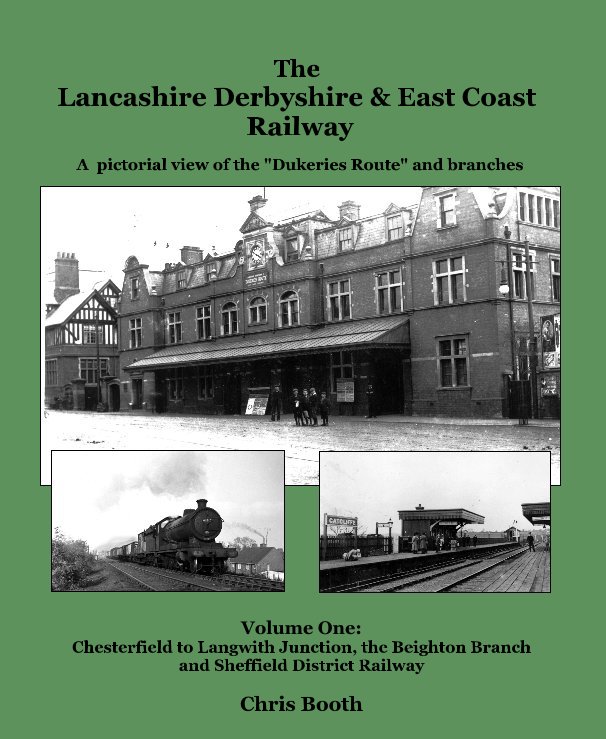The Lancashire Derbyshire & East Coast Railway
Volume One: Chesterfield to Langwith Junction, the Beighton Branch and Sheffield District Railway Chris Booth
de Chris Booth
Voici le prix vu par vos clients. Éditer la liste des prix
À propos du livre
The Lancashire Derbyshire & East Coast Railway was built to fulfill the desire of tapping the rich coalfields in the East Midlands; the plan being to construct an 170 mile long railway from a deep-water dock on the Manchester Ship Canal at Warrington, to new docks on the Lincolnshire coast at Sutton-on-Sea, thus allowing an outlet on either coast for the export of coal. As time was to prove, this ambitious plan would be whittled down to the the central section from Chesterfield to Pyewipe Junction near Lincoln and a branch from Langwith Junction to Beighton, thus allowing the company access to Sheffield via the Sheffield District Railway. The remaining sections would never be built and gradually sections would succumb to closure. Although the route would have a passenger service that lasted in parts until 1955, it would always primarily be known for the movement of coal. Take a pictorial journey along the LD&ECR over the decades, to see what was, and what now remains of the line, that became known as "The Dukeries Route"
Volume One will explore the line from Chesterfield to Langwith Junction, then along the Beighton Branch to the Sheffield District Railway. It will also look at Tuxford and Langwith Junction Motive Power Depots, and a brief introduction to the original signalling of the line. Volume Two will cover the remaining section to Pyewipe Junction along with the Mansfield Railway connection. This end of the route was mostly intact until the 1980's, and some of it is still in use today, doing the job it was built for, the movement of coal, albeit from the one remaining colliery at Thoresby.
Volume One will explore the line from Chesterfield to Langwith Junction, then along the Beighton Branch to the Sheffield District Railway. It will also look at Tuxford and Langwith Junction Motive Power Depots, and a brief introduction to the original signalling of the line. Volume Two will cover the remaining section to Pyewipe Junction along with the Mansfield Railway connection. This end of the route was mostly intact until the 1980's, and some of it is still in use today, doing the job it was built for, the movement of coal, albeit from the one remaining colliery at Thoresby.
Voir plus

